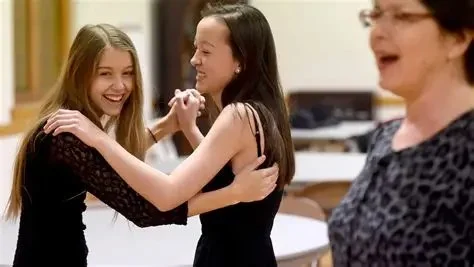
- 1. Why Record in Dance Class?
- 2. The Etiquette of Recording in Dance Class
- 3. When to Ask for Permission to Record
- 4. How to Ask to Record in a Dance Class
- 5. Best Practices for Recording Dance Classes
1. Why Record in Dance Class?
Recording dance classes has become a common practice, and for good reason. Videos allow dancers to review choreography, assess their technique, and identify areas for improvement. It also provides a valuable way to share progress with instructors, peers, or for personal reflection. But while recording can enhance learning, it’s important to remember that it also involves certain etiquette and respect for the class environment.
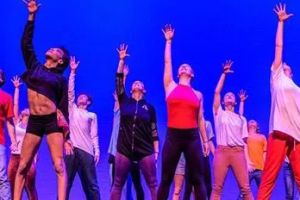
Born 2 Dance Studio - Vienna / born to dance vienna
262 Cedar Ln SE, Vienna, VA 22180, USA
2. The Etiquette of Recording in Dance Class
Before reaching for your phone or camera, there are several things to consider to ensure you're respecting the space, the teacher, and your fellow dancers:
- Respect the Instructor: Always seek permission from the instructor before recording. Some teachers may prefer not to be filmed, or may have specific rules regarding recording during lessons.
- Don’t Disrupt the Class: Recording should never be a distraction to you or others. Ensure that your equipment is set up quickly and quietly, without disrupting the flow of the lesson.
- Be Mindful of Others: Other students may not want to be recorded. Be conscious of their comfort level and make sure you're only recording what’s necessary for your personal use.
- Ask for Permission Before Posting: If you plan on sharing the video on social media or publicly, it’s essential to get consent from the instructor and fellow students who may appear in the recording.
3. When to Ask for Permission to Record
Timing is important when it comes to asking for permission to record. Here are a few guidelines for when to approach your instructor:
- Before the Class: Ideally, ask for permission before the class begins. This gives the instructor a chance to consider your request without disrupting the flow of the lesson.
- At the Beginning of the Class: If you forget to ask beforehand, do so at the start of the class, before the warm-up. This is when the teacher is still getting settled and can more easily accommodate your request.
- During a Break: If you’re unsure whether to ask in the middle of the class, wait for a natural break, like during the water or rest periods. This gives the instructor a chance to discuss it without interrupting the class activities.
4. How to Ask to Record in a Dance Class
When asking for permission, it’s essential to approach your instructor respectfully and professionally. Here’s how to do it the right way:
- Be Direct and Polite: Politely ask if it’s okay to record, explaining why you’d like to capture the class. For example, you could say, “I’m hoping to record today’s class to review the choreography later. Would you mind if I film it?”
- Offer Assurance: If you’re concerned about privacy or disruption, reassure your instructor that you’ll respect the space and won’t share the video without permission. You could add, “I’ll only use the video for personal review and won’t share it without your consent.”
- Be Prepared for a “No”: If your instructor declines, don’t take it personally. Some instructors may prefer to avoid being filmed, especially if they’re teaching complex material that they don’t want to be misinterpreted.
5. Best Practices for Recording Dance Classes
Once you’ve received permission to record, follow these best practices to ensure you’re capturing quality footage without disturbing the class:
- Positioning: Choose a location that won’t block others’ views or distract the teacher. The back of the room or a corner is usually ideal.
- Keep It Steady: Use a tripod or a steady hand to avoid shaky footage. A stable recording will be much more useful for your review.
- Focus on Key Moments: Record sections that are most important for your review. This might include tricky choreography, movements you want to refine, or new combinations you’re learning.
- Keep It Short: Rather than recording the entire class, focus on specific moments. This will reduce the distraction and make it easier to review your progress later.
Recording in dance class can be an incredibly valuable tool for learning, but it’s important to follow the etiquette to ensure you're respecting the class environment. By asking permission, being considerate of your peers, and recording responsibly, you can make the most out of your dance lessons. For more tips on dance and dance gear, check out Creative Edge Dance Studio.
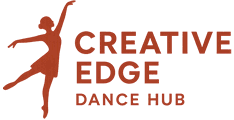
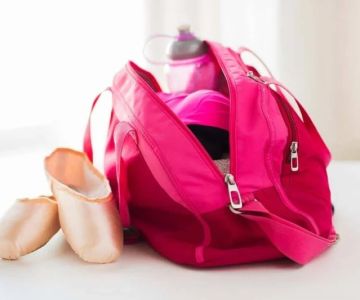
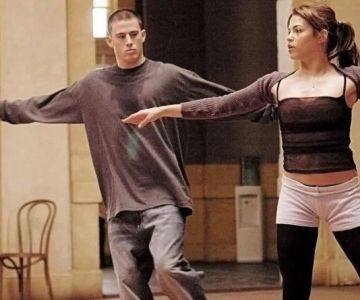
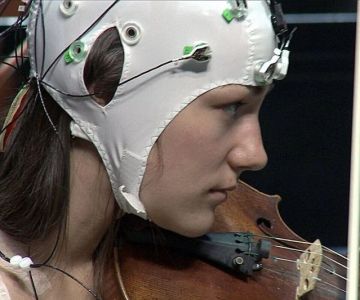
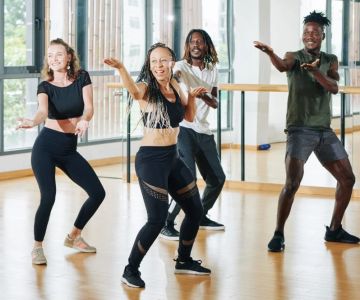


 Dove Dance School4.0 (18 reviews)
Dove Dance School4.0 (18 reviews) Oaks Park Dance Pavilion4.0 (154 reviews)
Oaks Park Dance Pavilion4.0 (154 reviews) Sreepadam Performing Arts and Cultural Education (Divyaa Unni)5.0 (14 reviews)
Sreepadam Performing Arts and Cultural Education (Divyaa Unni)5.0 (14 reviews) Frances Lea Dance Center4.0 (31 reviews)
Frances Lea Dance Center4.0 (31 reviews) B.B. Dance Productions5.0 (9 reviews)
B.B. Dance Productions5.0 (9 reviews) Kinston Dance Academy5.0 (11 reviews)
Kinston Dance Academy5.0 (11 reviews)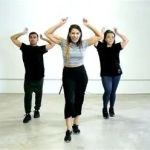 What is Whacking? Arm-Based Disco Dance Movement
What is Whacking? Arm-Based Disco Dance Movement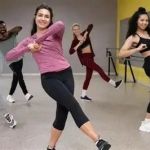 The Best Dance Workouts for People Who Get Bored at the Gym
The Best Dance Workouts for People Who Get Bored at the Gym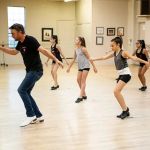 Why I Switched from Tap to Contemporary Dance – My Personal Journey and Lessons Learned
Why I Switched from Tap to Contemporary Dance – My Personal Journey and Lessons Learned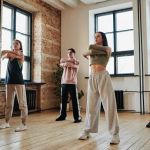 What is a Dance Workshop and Should You Take One? | Benefits of Dance Workshops
What is a Dance Workshop and Should You Take One? | Benefits of Dance Workshops What is Irish Dance? Exploring Soft Shoe and Hard Shoe
What is Irish Dance? Exploring Soft Shoe and Hard Shoe My Story of Starting My Own Dance Workshop Series — What I Learned
My Story of Starting My Own Dance Workshop Series — What I Learned